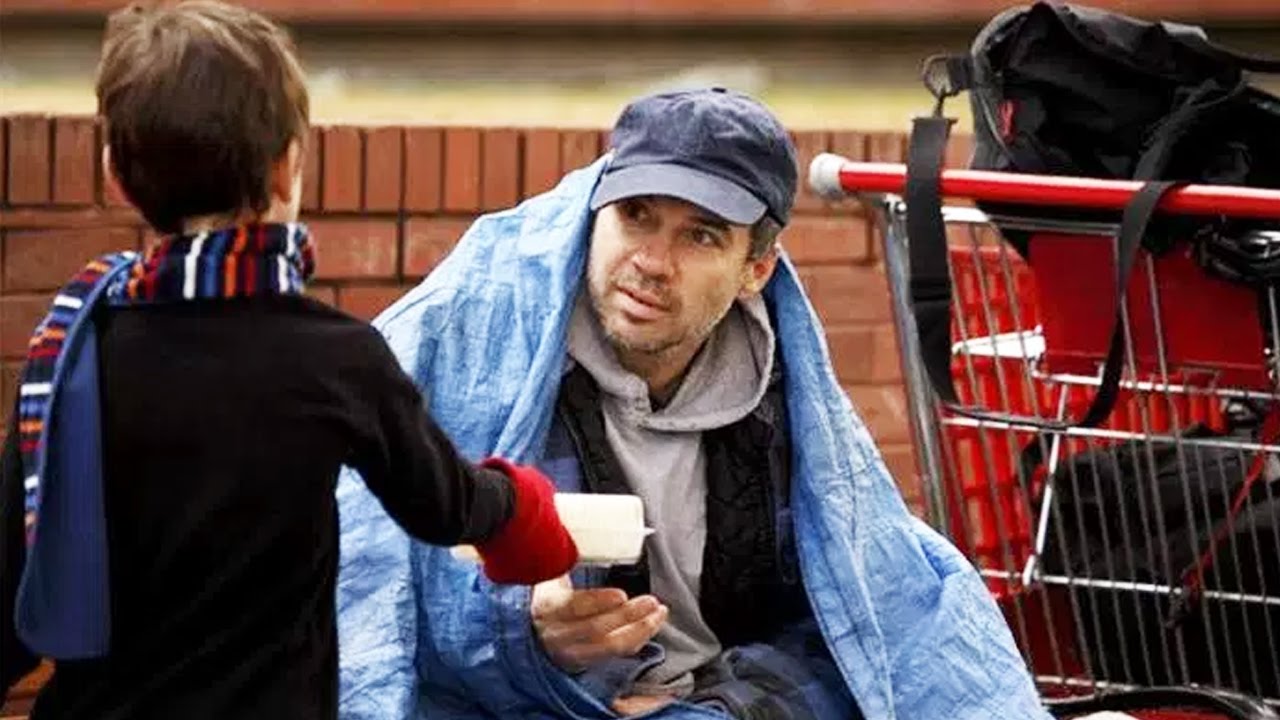Adolescents struggling to find a social place can hurt each other when they are insecure. As social cruelty behaviors become the norm, they can become more serious later in life. While this is not an attempt to suggest that all students in middle school will participate in, receive, or even witness bullying from peers, there are five identifiable types of mistreatment that do increase in the early secondary years.
These include:
- teasing to put down
- exclusion to keep out
- bullying to push around
- rumoring to attack one’s reputation
- ganging up to outnumber
In every one of these five procedures, the victim is victimized, isolated, or otherwise made to feel unsafe or vulnerable, culminating in the perpetrator feeling more powerful and powerful socially. In middle school, young adolescents jockey for social place, belonging, and dominance, sometimes to their detriment. As part of Bullying Prevention Month, let’s take a look at ways adults can guide adolescents, specifically middle schoolers and pre-teens, through social cruelty.
What causes middle school mistreatment?
Why are these damaging behaviors associated with middle school? Traditionally, middle school is considered the time of transition from childhood to adolescence, which begins the awkward process of growing up for most people. As a consequence, the following three patterns of growth often occur.
- Their relationship with childhood has shifted, they no longer want to be defined and treated like a smaller child.
- They are more in need of social support from family or friends who share similar interests because they feel developmentally insecure.
- Puberty has begun, and they are more self-conscious and sensitive about physical changes they cannot control.
As a result, middle school captures students at a much more insecure and vulnerable point in their lives, when a little hurtful behavior can cause a lot of pain.
Five Tactics of Social Cruelty
Take a look at the five acts of social cruelty and the impact they have on the target:
- Teasing – humiliates the other with insults and plays on the fear of being inferior
- Exclusion – rejection, and fear of isolation
- Bullying – intimidates with threatened or actual harm, making the other feel helpless
- Rumoring – slander with confidential information or outright lies. It takes advantage of the fear of defamation
- Ganging up – Many against one, leading to a fear of harassment
Observations on Social Cruelty
Unfortunately, at this impressionable age, now = later. When adults teach nothing about social mistreatment, and social cruelty is permitted to rule, young people can learn a prescriptive and harmful lesson about social mistreatment that will affect their future social status.
Adults and parents can moderate this outcome by talking to young people about how to treat each other positively and communicate in a positive manner.
- When people are ridiculed and called names, they can learn social labeling and prejudice. To counteract this, an adult might say: “I expect you to only call people by the name they want to be called by.”. Putting down or labeling people will hurt their feelings,”
- Refusing membership and rejecting association can lead to social bias and discrimination. You might say: “I expect that if you see someone left out or sitting alone, you will invite them to join you. You won’t turn people away or exclude them.”
- Bullying can teach coercion and social harassment through threats or actual acts of harm. For instance, a parent might say: “No one should be pushed around. No coercion or threats will be used to make someone afraid and give in.”
- Rumors can teach social defamation and labeling through smears and lies. Adults might counter this by saying, “I expect you not to spread mean gossip. You won’t tell stories about someone that you know could hurt them if believed.”
- Using dominance and strength, ganging up can teach social persecution. In response, a parent might say: “In my classroom, there will be no picking on anyone. You will not use large numbers to abuse anyone.”
Talking About Social Cruelty with Young People
So, how do you talk to young people about social cruelty? Consider telling them this: Every act of social cruelty has the potential to make school or hangouts an unsafe place, so please don’t ignore or ignore it. When you engage in any of the above behaviors, you are not only mistreating another person but also yourself by acting like a mean person. Taking care of others will give you the opportunity to take care of yourself.
Don’t accept any social cruelty you are the target of as being deserved. You risk believing there is something wrong with you when that is untrue. Get support from a trusted adult such as a parent, teacher, or counselor. Enduring repeated social cruelty should never be done alone.




